Table of Contents
- Why You’ll Love This Recipe
- Ingredients & Substitutions
- How To Prepare Cauliflower Rice: 3 Methods
- How To Cook Cauliflower Rice: 4 Methods
- Tips for Best Cauliflower Rice Recipe
- Reducing Cauliflower Odor: Tips for Fresh Smelling Cauliflower Rice
- Storage Instructions
- How To Serve Cauliflower Rice
- Tools For Cauliflower Rice Recipe
- How To Prepare Cauliflower Rice
Cauliflower rice has taken the culinary world by storm, becoming a staple in many kitchens, especially for those on a low-carb or ketogenic diet, but also vegan and grain-free diets. This versatile ingredient offers the texture and comfort of traditional rice with a fraction of the carbs. If you’ve ever wondered how to make cauliflower rice that’s not just a bland, low-carb substitute but a delicious side in its own right, you’re in the right place. This is the cauliflower rice recipe you need!
In this guide, we’ll walk you through the simple steps to transform a head of cauliflower into fluffy, flavorful rice. Whether you’re pairing it with a hearty curry, using it as a base for a nutritious bowl, or simply enjoying it as a side, cauliflower rice is incredibly adaptable and easy to prepare. Plus, with its neutral taste, it’s a fantastic canvas for a variety of flavors and seasonings.
Why You’ll Love This Recipe
- Diet-Friendly: Ideal for grain-free, low-carb, keto, and vegan diets.
- Low Calorie & Nutrient-Rich: Fewer calories than regular rice, making it great for weight loss, and packed with more nutrients.
- Quick to Prepare: Ready in just 15 to 20 minutes.
- Highly Versatile: Pairs well with a variety of dishes.
- Easy Customization: Adapts to your favorite flavors.
- Meal Prep Ready: Perfect for advance preparation and storage.
Cauliflower rice is a low-carb, grain-free alternative to traditional rice. Made by finely chopping cauliflower into small pieces, it’s a popular choice in ketogenic, vegan, and gluten-free diets. Cauliflower rice is versatile, lower in calories, and rich in nutrients compared to regular rice. For a variation, try broccoli rice. It’s made in a similar way and offers a different flavor and nutritional profile, adding variety to your healthy, low-carb meal options.
Ingredients & Substitutions
Heads up: For exact measurements, see the recipe card below.
Making this cauliflower rice recipe is all about simplicity and versatility. Here’s what you’ll need for the base recipe, with room for customization to suit your taste:
- Cauliflower: The key component, transformed into a rice-like texture.
- Cooking Fat: Choose from ghee, butter, olive oil, avocado oil, or richer options like bacon, duck, or goose fat.
- Sea Salt: For seasoning and bringing out the flavors.
- Optional Add-Ins: Feel free to incorporate your preferred spices, herbs, and aromatics to personalize your cauliflower rice.

Variations
Cauliflower rice is a fantastic canvas for a myriad of flavors. Whether you’re craving something spicy or herby, or even cheesy, there’s a flavor combo for every palate. Here are some ideas to get you started with your perfect cauliflower rice recipe:
- Mexican Rice: Mix in cumin, chili powder, and a bit of lime zest for a zesty twist.
- Greek Rice: Stir in chopped olives, feta cheese, and a sprinkle of oregano.
- Asian Rice: Add soy sauce (or tamari for gluten-free), sesame oil, and green onions.
- Indian Rice: Cook with turmeric, garam masala, and finish with fresh cilantro.
- Italian Rice: Incorporate sun-dried tomatoes, basil, and Parmesan cheese.
- Spanish Rice: Combine paprika, bell peppers, and a touch of saffron for a classic Spanish flavor.
- Mediterranean Rice: You could simply add some Marinara Sauce or Pesto for an instant one ingredient flavor boost!
Each of these variations adds a unique spin to the cauliflower rice, making it a versatile side that pairs well with various cuisines.
How To Prepare Cauliflower Rice: 3 Methods
Prep the Cauliflower. Start by washing the cauliflower and removing the leaves. Break it down into smaller florets. This makes it easier to process and ensures even ricing.
Choose One of the Three Methods:
- Food Processor Method: If using a food processor, fit it with the grating blade. Add the florets and pulse until they reach a rice-like consistency. Be careful not to over-process to avoid making a purée.
- Blender Method: For the blender method, fill your blender with florets and add cold water. Pulse until the cauliflower resembles rice grains. Drain well using a fine mesh sieve to remove excess water.
- Hand Grating Method: Alternatively, you can use a hand grater. Grate the florets against the larger holes of the grater until you get a rice-like texture.
Drain Excess Moisture (Optional). If your cauliflower seems particularly moist (or if you used the blender method), you might want to drain it. Simply transfer the riced cauliflower to a clean kitchen towel or cheesecloth and squeeze out any excess liquid. This step ensures your cauliflower rice isn’t soggy when cooked.
Ready to Cook or Store. Your cauliflower rice is now ready to be cooked according to your preferred method (steaming, sautéing, etc.) or stored in the refrigerator for later use.
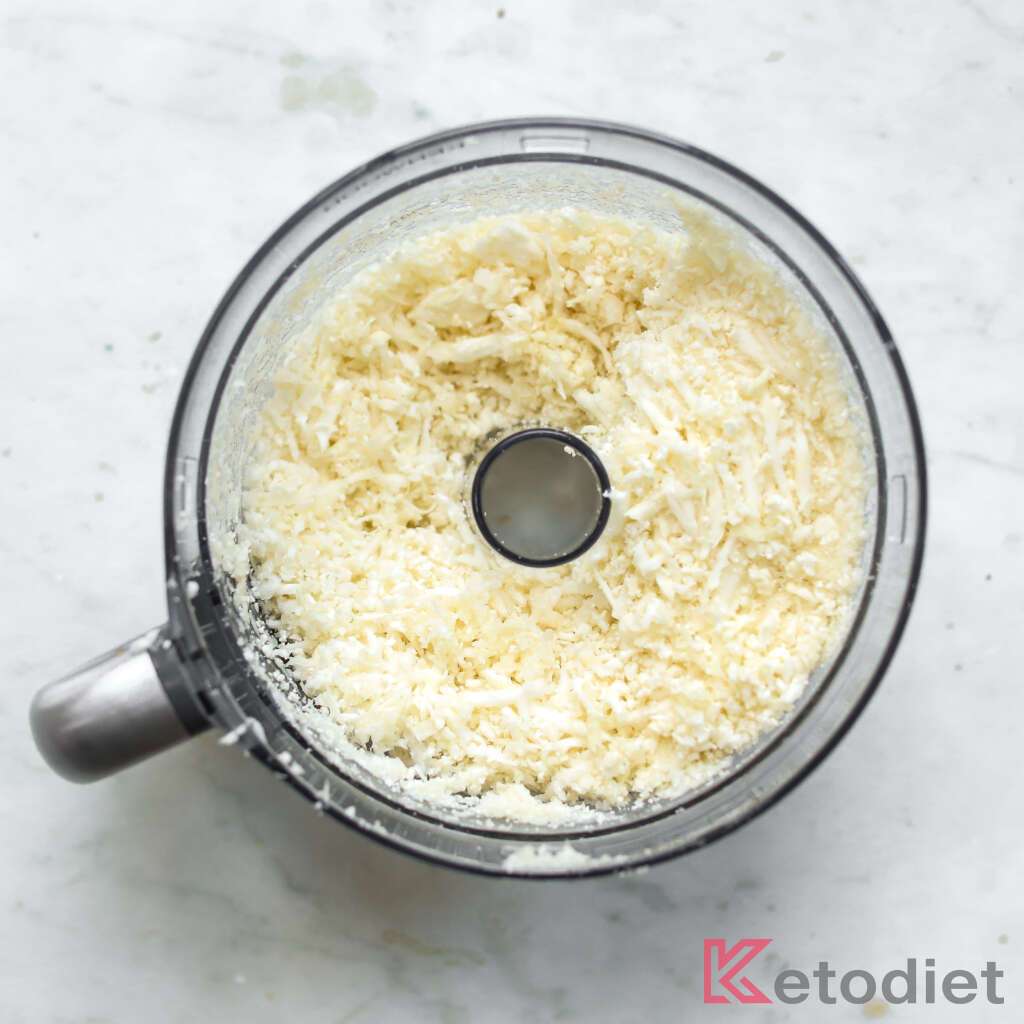
How To Cook Cauliflower Rice: 4 Methods
Steaming
To steam cauliflower rice, simply put it in a steam basket over a pot of boiling water. Cover it and let it steam for about 5-7 minutes. You’ll want it to be tender but still holding its shape. This method is great for keeping the cauliflower rice light and fluffy, making it an excellent base for saucier dishes.
Microwaving
For a quick and hassle-free option, you can microwave the cauliflower rice. Place it in a microwave-safe bowl, cover it, and cook on high for 5-7 minutes, stirring halfway through. This method is super convenient and perfect for those days when you’re short on time.
Pan Roasting or Sautéing
If you’re after a bit more flavor and texture, try pan roasting. Heat a skillet with some oil or butter, then add the cauliflower rice. Cook it for 5-8 minutes over medium heat, stirring occasionally, until it turns golden and gets a bit crispy. This method is ideal for adding a richer taste and a slightly crunchy texture.
Oven Roasting
Oven roasting is another fabulous way to prepare cauliflower rice. Preheat your oven to 400°F (200°C) for fan-assisted or 425°F (220°C) for a conventional oven. Spread the cauliflower rice out on a baking sheet lined with parchment paper and roast for 10-12 minutes. Give it a stir a few times during cooking. This method is perfect for achieving a slightly drier texture and a deeper flavor, making the cauliflower rice a bit more similar to traditional roasted vegetables.
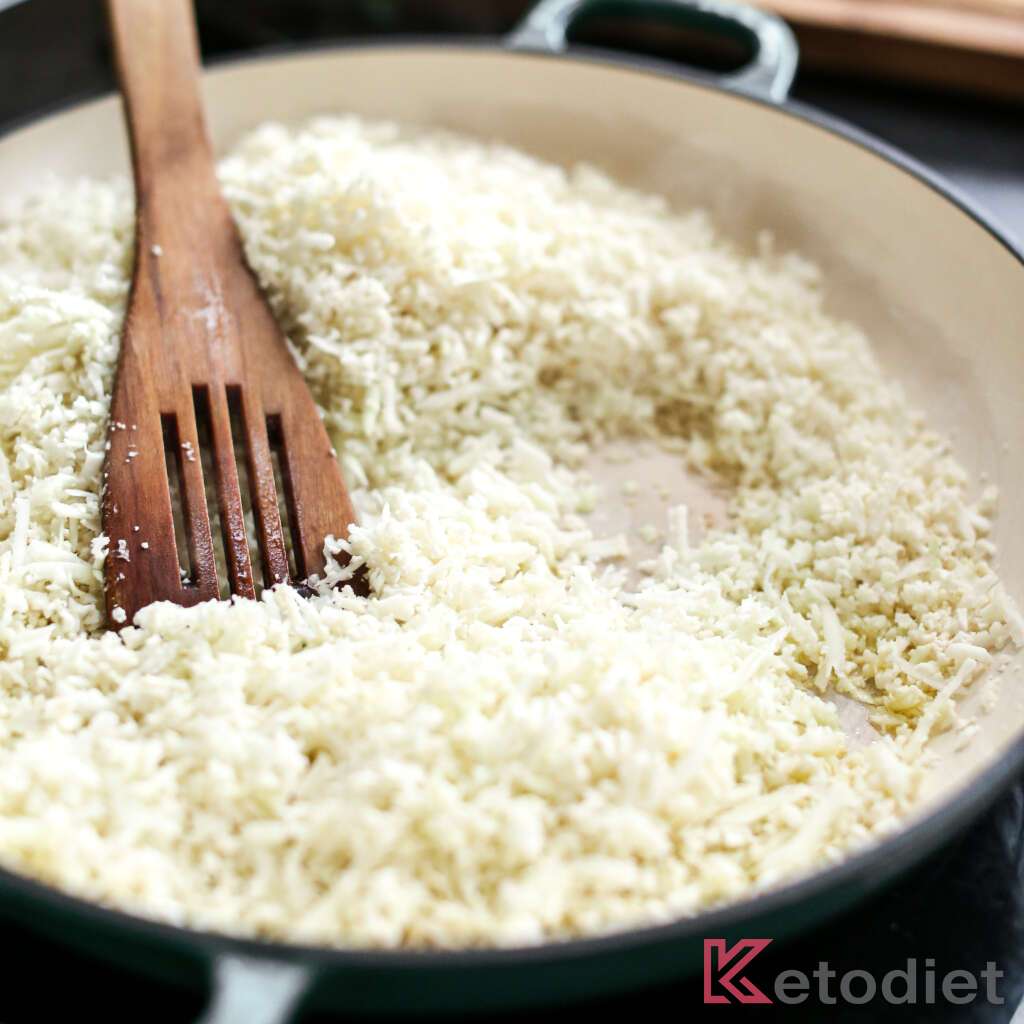
Tips for Best Cauliflower Rice Recipe
Creating the perfect cauliflower rice is all about the details. Here are some tips to help you get the most out of your cauliflower rice recipe:
- Don’t Overcrowd the Food Processor: When using a food processor, work in batches. Overcrowding can lead to uneven ricing, with some pieces turning mushy while others remain too large.
- Dry Thoroughly: If your cauliflower rice seems too moist, be sure to drain it well. Excess moisture can turn your rice soggy. After ricing, you can even pat it dry with a paper towel or a clean kitchen cloth for best results.
- Season Well: Don’t forget to season your cauliflower rice. A bit of salt can go a long way in enhancing its flavor. For more depth, consider adding garlic powder, onion powder, or your favorite herbs and spices.
- Use High Heat for Cooking: If you’re sautéing or pan-roasting, don’t be afraid to use high heat. This will help your cauliflower rice get a nice color and texture, without becoming too soft.
- Experiment with Flavors: Cauliflower rice is incredibly versatile. Feel free to experiment with different seasonings and add-ins like sautéed onions, garlic, or even a squeeze of lemon juice for a fresh twist.
Reducing Cauliflower Odor: Tips for Fresh Smelling Cauliflower Rice
One of the best tips for reducing the typical cauliflower odor, especially when cooking cauliflower rice, is to incorporate an acid such as lemon juice or vinegar. Here’s why this works and how to do it:
- Acidic Ingredients: Adding a small amount of lemon juice or vinegar during the cooking process can help neutralize the strong, sulfur-like smell that cauliflower sometimes emits. This doesn’t need to be a lot; a light squeeze of lemon or a teaspoon of vinegar should suffice.
- Cooking Method: The method you choose for cooking can also impact the smell. Steaming or microwaving tends to produce less odor compared to boiling. If you’re roasting or sautéing, the higher temperatures can also help reduce the smell as they brown the cauliflower.
- Herbs and Spices: Using aromatic herbs and spices like garlic, ginger, or cumin can also help mask the cauliflower’s natural odor, adding delicious flavors to your dish.
- Rinse Well: Sometimes, simply rinsing the cauliflower thoroughly before cooking can reduce any strong smells.
Remember, a little goes a long way with acidic ingredients, and the goal is to balance the flavor while minimizing the odor. This tip can make your cauliflower rice more palatable, especially for those sensitive to the smell of cauliflower.
Storage Instructions
Storing Raw Cauliflower Rice
- In the Fridge: Store uncooked cauliflower rice in an airtight container in the refrigerator. It will stay fresh for up to 2-3 days. Make sure it’s dry before storing to prevent any spoilage.
- In the Freezer: For longer storage, you can freeze raw cauliflower rice. Spread it out on a baking sheet and freeze until solid, then transfer to freezer bags. This method prevents clumping, making it easy to use only what you need later. It can last up to 2 months in the freezer.
Storing Cooked Cauliflower Rice
- In the Fridge: Cooked cauliflower rice can be stored in the fridge in an airtight container for up to 4 days. Allow it to cool completely before refrigerating.
- In the Freezer: You can also freeze cooked cauliflower rice. Place it in airtight containers or freezer bags. When freezing, consider portioning it out for easy meal prep in the future. It can be kept in the freezer for up to one month. To reheat, you can cook it straight from frozen, adding a couple of extra minutes to the cooking time.
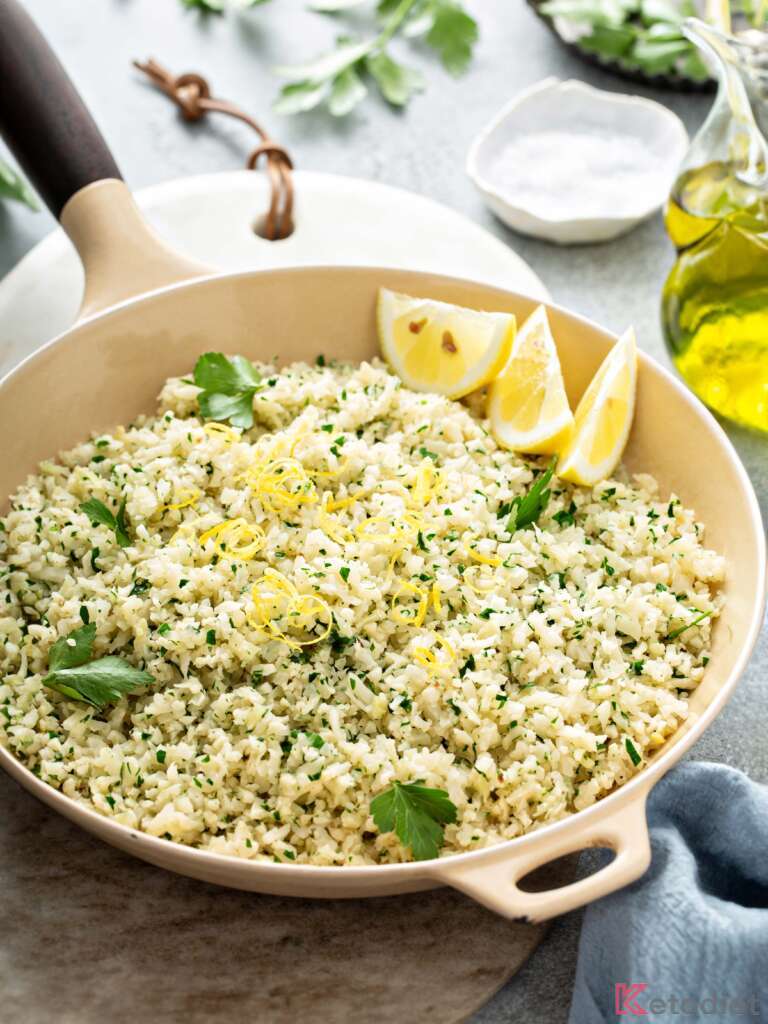
How To Serve Cauliflower Rice
Cauliflower rice is an incredibly versatile ingredient that can be used in a multitude of dishes. Here are some ideas on how to serve it:
- As a Base for Bowls: Use cauliflower rice as a low-carb base for bowl meals. Top it with a protein of your choice, such as grilled chicken, tofu, or salmon, and add your favorite veggies and sauce for a nutritious and balanced meal.
- Side Dish: It makes an excellent side dish for just about any main course. Serve it alongside dishes like stir-fries, curries, or grilled meats. It will go well with our Air Fryer Chicken, and Marinara Meatballs. You can also try with our Hearty Beef Stew if you want extra sides.
- In Stir-Fries: Swap out regular rice for cauliflower rice in your favorite stir-fry recipes. It’s a great way to enjoy a classic stir-fry while keeping it low-carb and light.
- As a Stuffing: Cauliflower rice can be used as a stuffing for vegetables like bell peppers, zucchini, or mushrooms. Mix it with some cheese, herbs, and spices for a tasty and satisfying stuffed vegetable dish.
- In Casseroles: Use it in place of rice in casseroles for a lighter, low-carb version of your favorite comfort foods.
- In Sushi Rolls: Get creative and use cauliflower rice in sushi rolls for a keto-friendly sushi experience. It holds together well and pairs beautifully with traditional sushi ingredients.
- Beyond Rice: Apart from classic rice dishes, cauliflower rice can be used instead of couscous and even bulgur in dishes like Tabbouleh.
These are just a few ways to enjoy cauliflower rice. Its neutral taste and rice-like texture make it a fantastic substitute in any dish where you would normally use rice, offering endless possibilities for healthy, low-carb meals.
Tools For Cauliflower Rice Recipe
Depending on the method you choose, these are the tools you might find useful:
- Food Processor: Ideal for quickly and efficiently turning cauliflower into rice-like grains. A food processor with a grating blade is perfect for achieving a consistent texture similar to traditional rice.
- Blender: A handy alternative if you don’t have a food processor. The blender method is great for processing larger batches of cauliflower rice and is especially useful for achieving a fine, even texture.
- Hand Grater: For those who prefer a more hands-on approach or don’t have access to electric appliances. A hand grater requires a bit more effort but is excellent for grating smaller amounts of cauliflower rice.
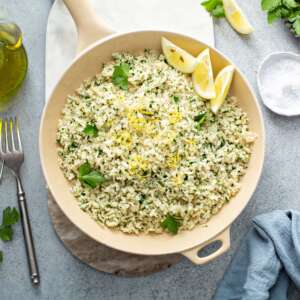
How To Prepare Cauliflower Rice
Ingredients
- 1 large head cauliflower (about 3 lbs)
- 4 tbsp cooking fat (olive oil, ghee, butter, or avocado oil but even bacon grease, duck fat or goose fat)
- 1 tsp sea salt (or to taste)
- any spices herbs, and aromatics based on preference (optional, see recipe variations)
Instructions
Preparation
- Wash the cauliflower and remove the outer leaves. Break the head into smaller florets.
Ricing the Cauliflower
- Food Processor Method: Place the florets in the food processor fitted with a grating blade. Pulse until the cauliflower resembles rice grains, working in batches to avoid overcrowding.
- Blender Method: Add florets to the blender, fill with cold water, and pulse until you achieve a rice-like consistency. Drain well using a fine mesh sieve.
- Hand Grating Method: Grate the florets against the larger holes of a hand grater until they resemble rice grains.
- Draining Excess Moisture (Optional): If the cauliflower rice is moist, transfer it to a clean kitchen towel or cheesecloth and squeeze out excess liquid.
Cooking
- Steaming: Place the riced cauliflower in a steam basket over boiling water, cover, and steam for 5-7 minutes until tender.
- Microwaving: Put the cauliflower rice in a microwave-safe bowl, cover, and cook on high for 5-7 minutes, stirring halfway through.
- Pan Roasting: Heat a pan with oil or butter over medium heat. Add the cauliflower rice and cook for 5-8 minutes, stirring occasionally, until golden.
- Oven Roasting: Preheat the oven to 400 °F (200 °C), or 425 °F (220 °C). Spread the rice on a baking sheet lined with parchment paper and roast for 10-12 minutes, stirring a few times.
Nutrition
Notes
- Serving Size: 6 oz (170 g) raw cauliflower rice.
- Serving Suggestions: As a base for bowls, a side dish, in stir-fries, as stuffing, in casseroles, or even in sushi rolls.
- Storage: Store raw in the fridge for 2-3 days, or freeze for up to 2 months. Cooked cauliflower rice keeps well in the fridge for up to 4 days and in the freezer for a month.
- Ricing Techniques: Use a food processor for efficiency, a blender for convenience, or a hand grater for tradition and no fancy tools. Each method offers a slightly different texture.
- Cooking Options: Choose steaming for a softer texture, microwaving for convenience, pan roasting for a bit of crispness, or oven roasting for a nuttier flavor.
- Avoid Sogginess: If your cauliflower rice feels wet, squeeze out excess moisture with a kitchen towel. This step is crucial for achieving the best texture.
- Flavor Variations: Experiment with seasonings and add-ins. Cauliflower rice absorbs flavors well, making it versatile for various cuisines.
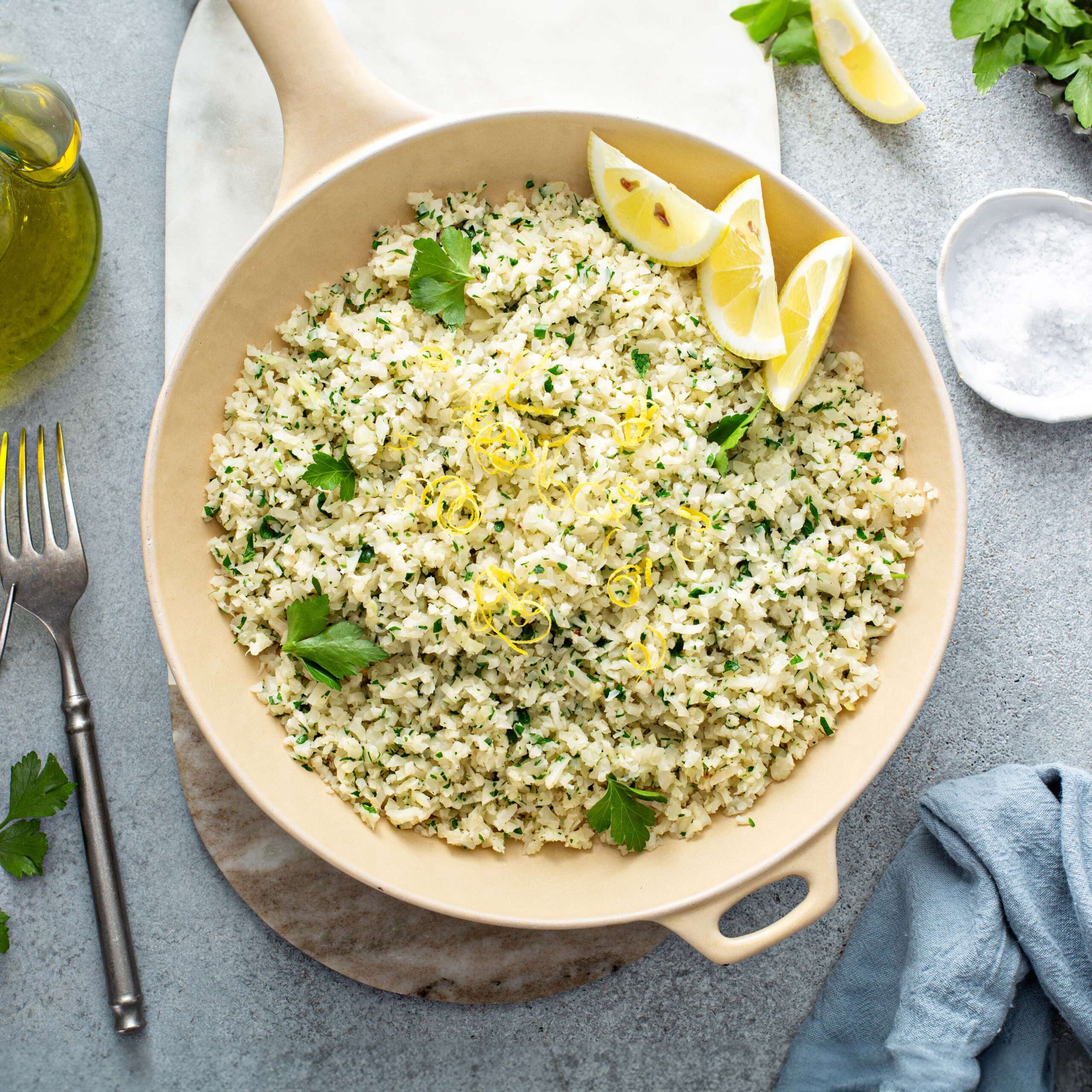
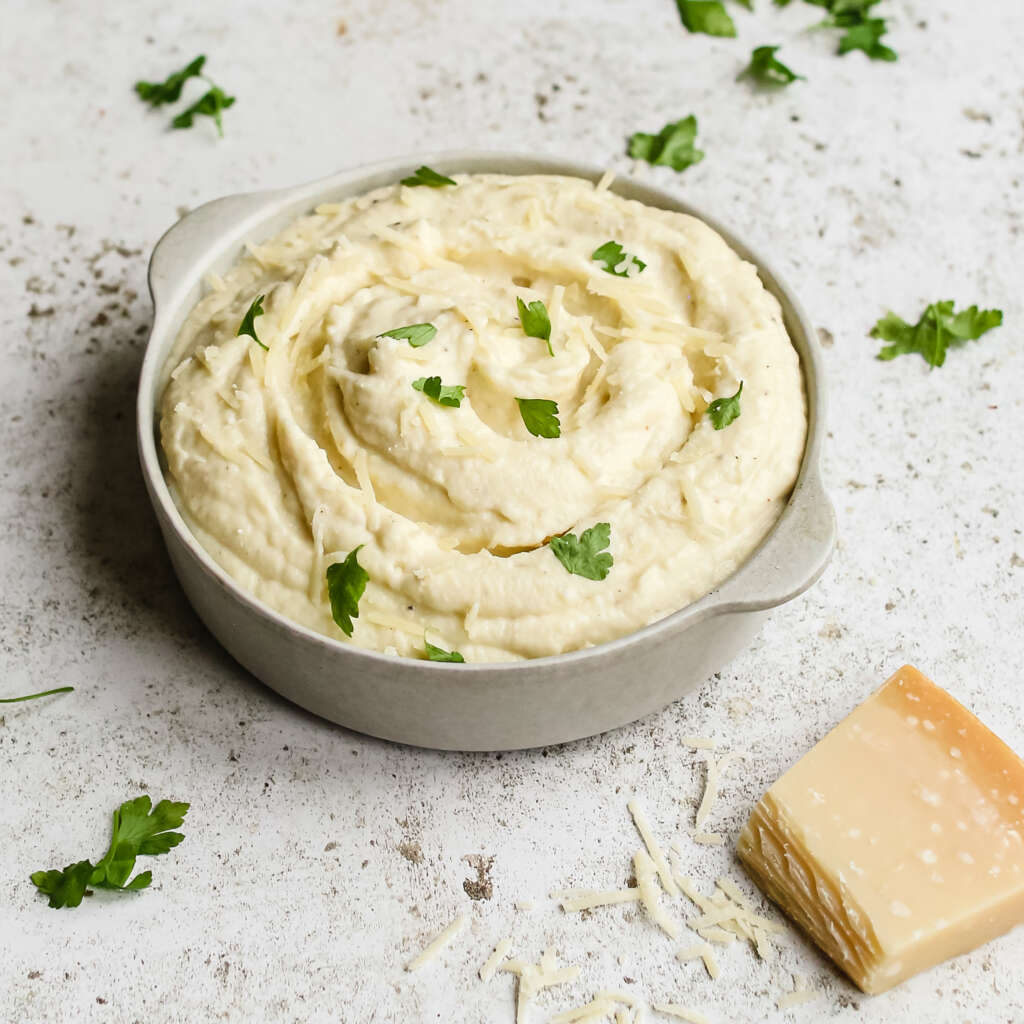
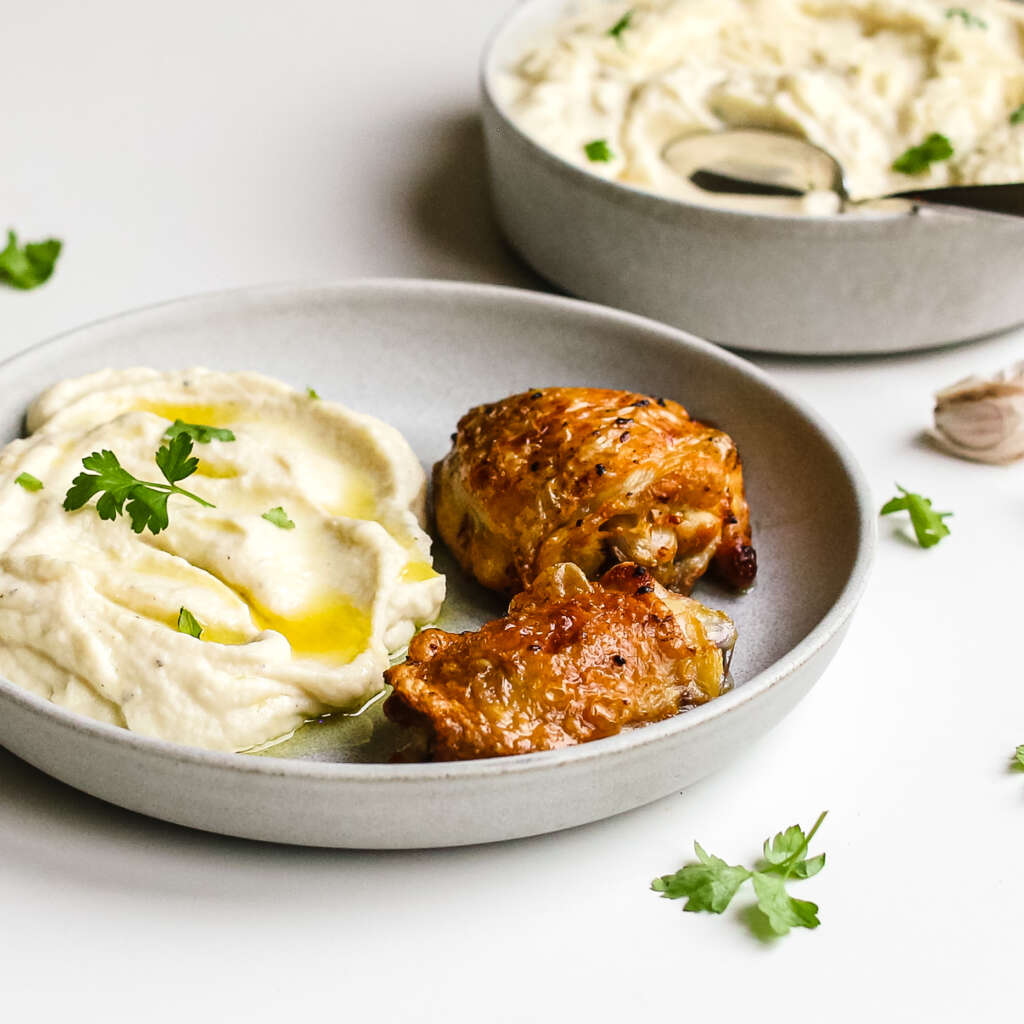
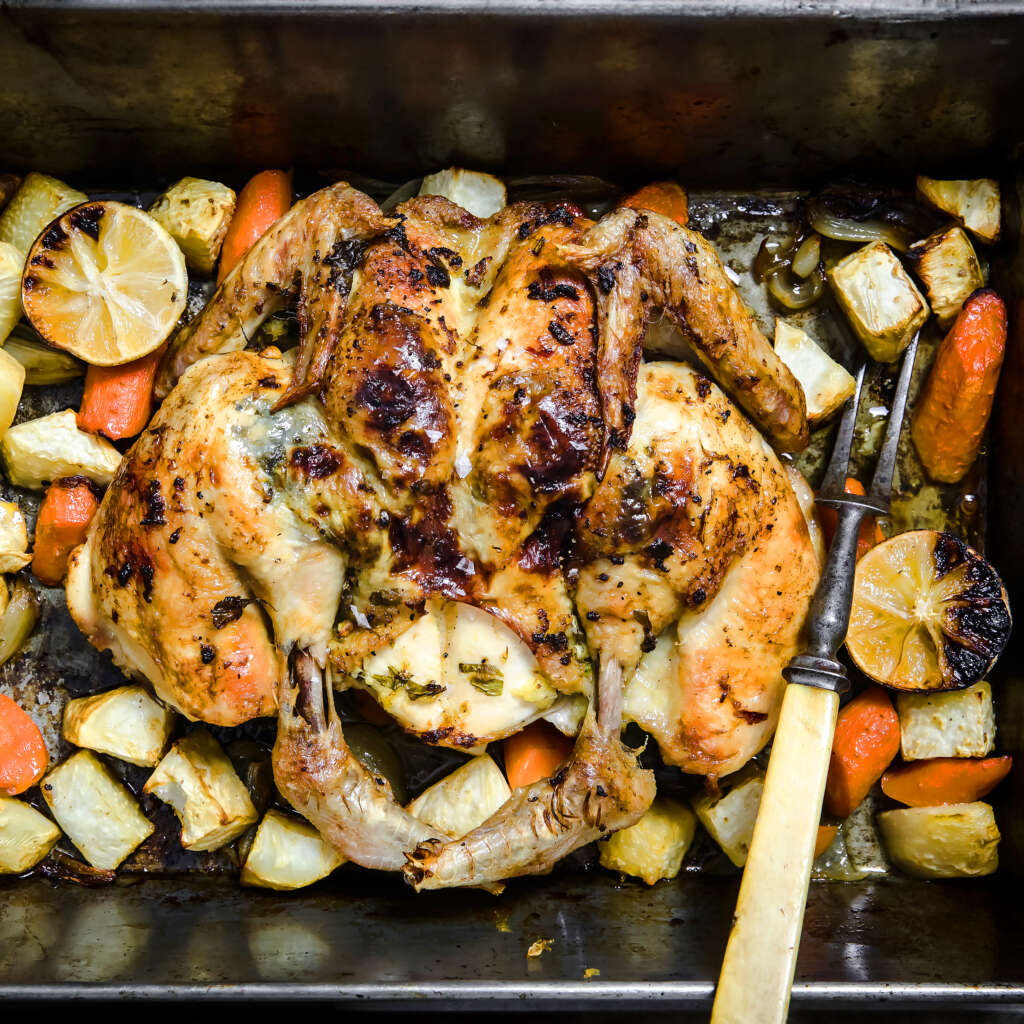
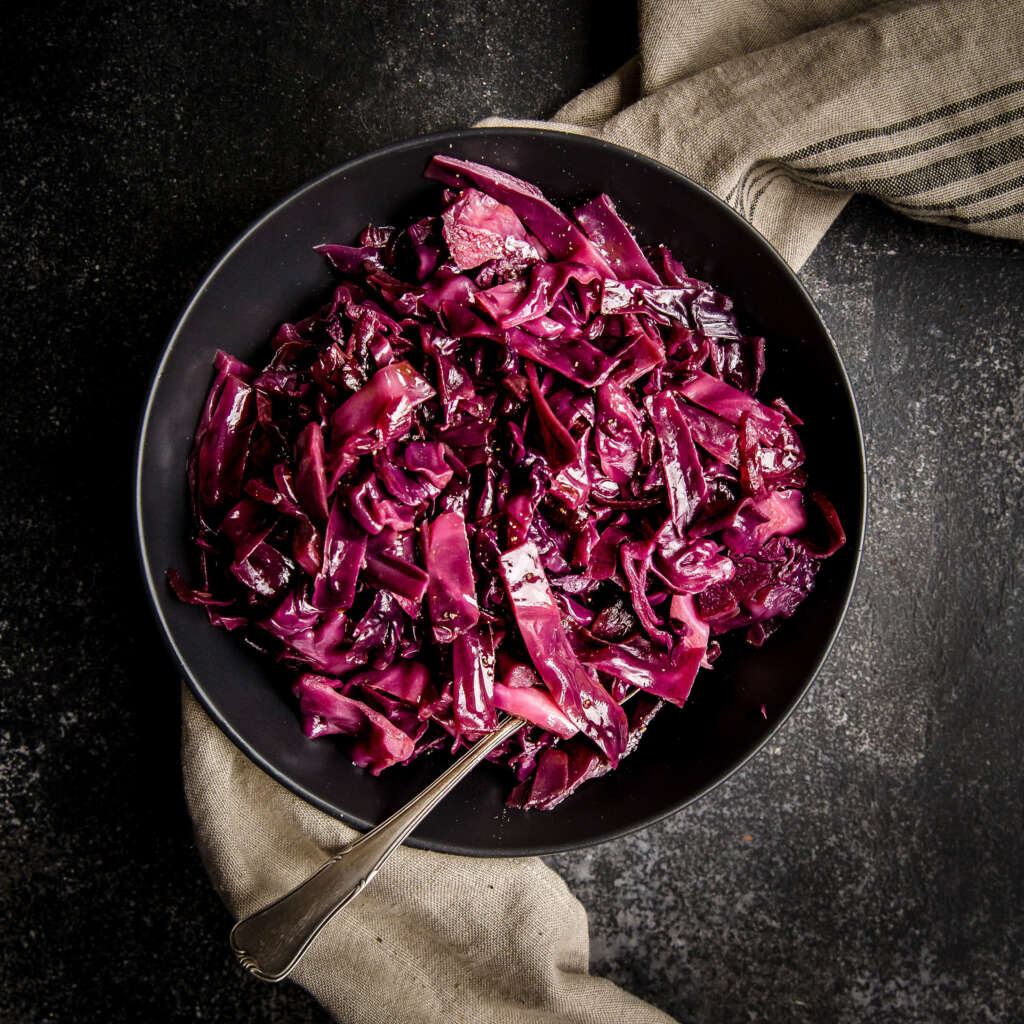




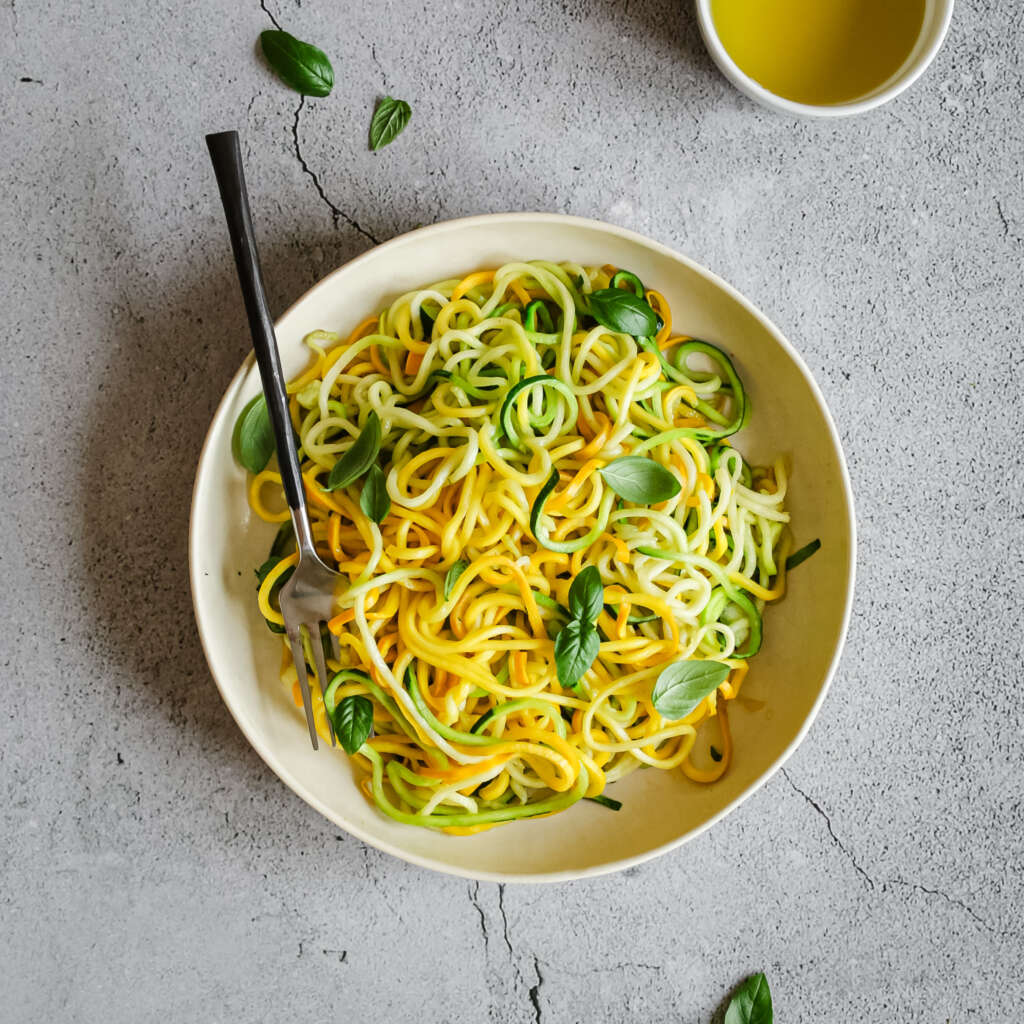

The only way I do it now is in the oven. So yummy and not at all soggy! It does tend to burn though so you need to mix it a few times and maybe even rotate the tray.
Thank you for the extra tips!
This was so informative! Thank you for listing multiple methods of making cauliflower rice—you’ve made it seem quite straightforward. If my cauliflower rice turns out a bit moist, can pressing it more with a towel fix that?
Yes, you could even put the riced (uncooked) cauliflower in a nut milk bag or a muslin, add salt, and then let it sit for 10-15 minutes, Then you can squeeze any excess water out. It depends on how you plan to use it.
Oven roasting?! Now I need to try that!
Hope you like it!😊
Great guide! I’ve been making mine on the pan mostly, not a fan of the microwave option. Do you have a favorite set of spices or seasonings that go well with cauliflower rice? Thanks for sharing!
Anything you like! Here are some ideas: https://ketodietapp.com/Blog/lchf/low-carb-cauliflower-rice-3-ways